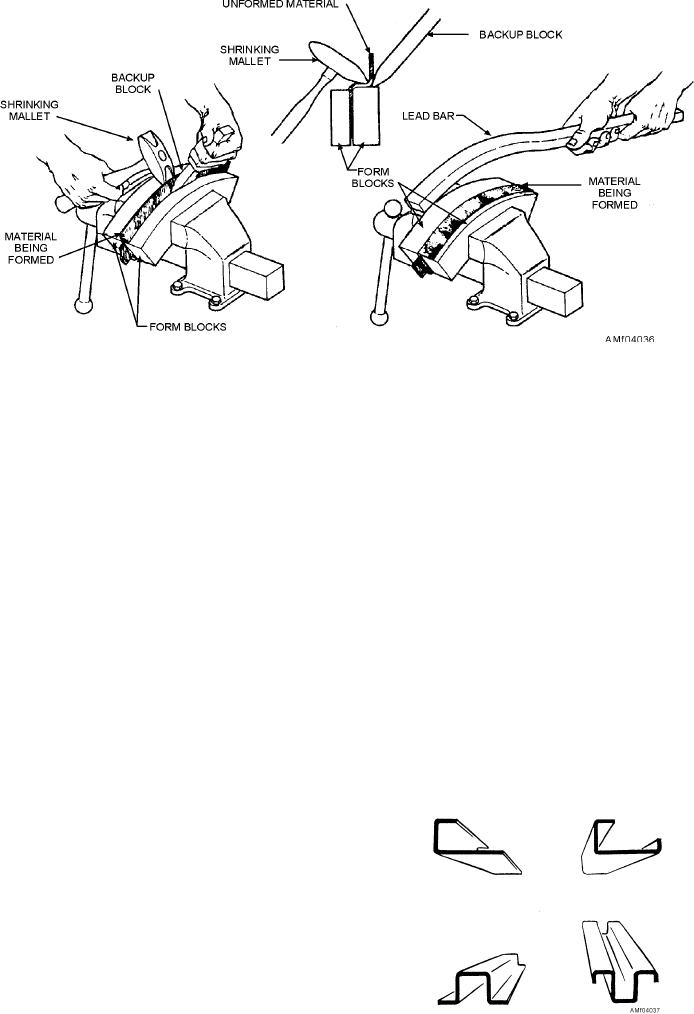
Figure 4-36.--Forming convex hand bends.
Bending on a Brake
rounded face to start hammering at the extreme ends of
the part, and then continue toward the center of the
The easiest and most accurate method of making
bend. This procedure permits some of the material at
straight-line bends in a piece of sheet metal is to use a
the ends of the part to be worked into the center of the
box and pan brake or a cornice brake. The use of these
curve where it will be needed. Continue hammering
brakes is relatively simple. However, if they are not
until the metal is gradually worked down over the entire
used correctly, the time and the work involved in
flange and flush with the form block. After the flange is
computing the bend allowance and laying out the job,
formed, trim off the excess material and check the part
as well as the metal, are wasted. Before you bend any
for accuracy.
work that must have an accurate bend radius and
Convex surfaces are formed by shrinking the
definite leg length, the brake settings should be checked
material over a form block. See figure 4-36. You should
with a piece of scrap metal. To make an ordinary bend
use a wooden or plastic shrinking mallet and a backup
on a brake, you should place the sheet to be bent on the
or wedge block to start hammering at the center of the
bed so that the bend line is directly under the upper jaw
curve, and then work toward both ends. Hammer the
or clamping bar. Then, pull down the clamping bar
flange down over the form by striking the metal with
handle. This brings the clamping bar down to hold the
glancing blows at an angle of approximately 45
sheet firmly in place. Next, set the stop for the proper
degrees. You should use a motion that will tend to pull
angle or amount of bend. Finally, make the bend by
the part away from the radius of the form block. The
raising the bending leaf until it strikes the stop. If more
wedge block is used to keep the edge of the flange as
than one bend is to be made, bring the next bend line
nearly perpendicular to the form block as possible. The
under the clamping bar and repeat the procedure. See
wedge block also lessens the possibility of buckling,
figures 4-22 and 4-25.
splitting, or cracking the metal.
Another method of hand forming convex flanges is
to use a lead bar or strap. The material, which is secured
in the form block, is struck by the lead strap. The strap
takes the shape of the part being formed and forces it
down against the form block. One advantage of this
method is the metal is formed without marring or
wrinkling and is not thinned as much as it would be by
other methods of hand forming. This method is also
illustrated in figure 4-36. After the flange is formed by
either method, trim off the excess material and check
Figure 4-37.--Types of bends on a bar folder.
the part for accuracy.
4-20

